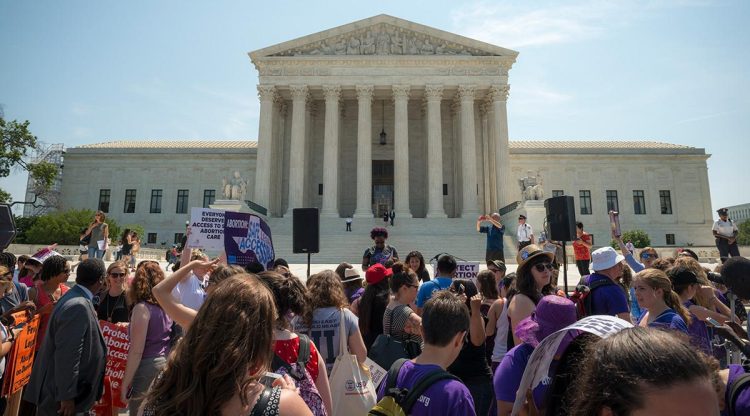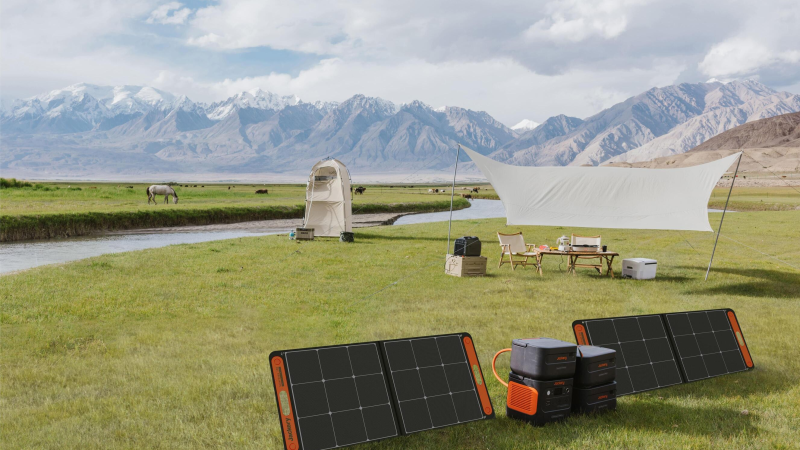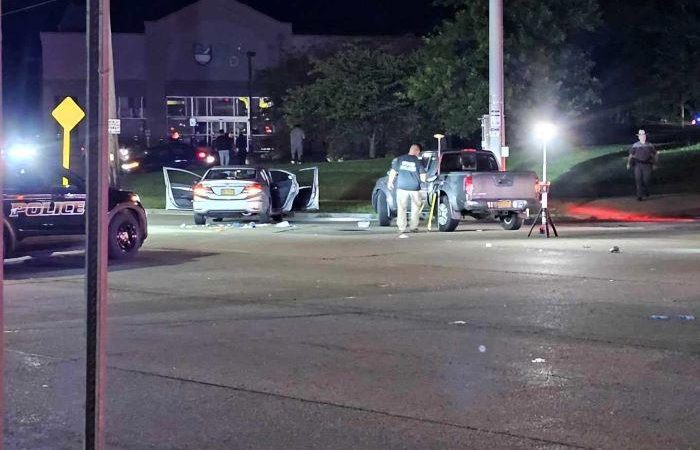Navigating the Complex Landscape of Abortion in the USA Today

Abortion remains one of the most contentious and emotionally charged topics in the United States today. As the country grapples with evolving societal norms, political ideologies, and legal frameworks, the debate surrounding abortion rights continues to be a focal point of public discourse. This article aims to explore the multifaceted aspects of abortion in the USA today, considering the historical context, legal landscape, societal perspectives, and the ongoing challenges faced by those involved in the debate.
Historical Evolution of Abortion Laws:
The history of abortion laws in the United States is a complex tapestry woven with varying degrees of restriction and liberation. In the 19th century, abortion was generally legal until the point of “quickening” – when a woman could feel fetal movement. However, as the medical profession sought to regulate the practice, laws became more restrictive in the late 1800s, criminalizing abortion in most circumstances.
The landmark Supreme Court case of Roe v. Wade in 1973 marked a pivotal moment in the abortion debate. The court’s decision established a woman’s constitutional right to choose to have an abortion, striking down many state laws that restricted access to the procedure. However, the ruling also allowed states to regulate and restrict abortion based on the trimester of pregnancy.
Current Legal Landscape:
Since Roe v. Wade, the legal landscape surrounding abortion in the USA has witnessed numerous challenges and changes. In recent years, several states have passed restrictive laws aimed at limiting access to abortion services. These laws include mandatory waiting periods, ultrasound requirements, and gestational age restrictions. Some states have even enacted laws that ban abortion after a certain number of weeks, often before many women even realize they are pregnant.
The Supreme Court has also played a crucial role in shaping the legal framework for abortion. With shifts in the court’s composition, there is ongoing speculation about the potential for revisiting or overturning the Roe v. Wade decision. The appointment of justices with conservative views has led to increased tension and uncertainty about the future of abortion rights in the country.
Societal Perspectives and Stigma:
Abortion remains a deeply divisive issue in American society, with opinions often rooted in religious, ethical, and cultural beliefs. Proponents of abortion rights argue that a woman has the right to make decisions about her own body, including whether to continue a pregnancy. On the other hand, opponents, often driven by religious or pro-life convictions, believe that life begins at conception and advocate for the protection of the unborn.
The societal stigma surrounding abortion can contribute to the challenges faced by individuals seeking the procedure. Fear of judgment, societal pressure, and the politicization of the issue can create a hostile environment for those considering or undergoing an abortion. The emotional toll on individuals navigating this decision is often intensified by the polarized nature of the public discourse.
Access to Abortion Services:
The accessibility of abortion services varies widely across the United States, with rural areas and conservative states often facing significant challenges. Limited access to clinics, long waiting periods, and financial constraints can create substantial barriers for individuals seeking abortion care. The closure of abortion clinics due to restrictive laws has exacerbated these challenges, particularly for low-income individuals who may struggle to travel long distances to access services.
The Hyde Amendment, a federal provision that restricts the use of Medicaid funds for abortion services, further compounds issues of access for marginalized communities. This policy disproportionately affects low-income women, limiting their ability to exercise their reproductive rights.
Public Opinion and Changing Dynamics:
Public opinion on abortion in the USA has shown a degree of fluidity over time, with shifts influenced by generational perspectives, cultural changes, and evolving social norms. While the topic remains polarizing, surveys suggest that a majority of Americans support the basic tenets of Roe v. Wade, with many believing that abortion should be legal in at least some circumstances.
Younger generations, in particular, tend to be more supportive of abortion rights, reflecting changing attitudes and a growing emphasis on individual autonomy. However, political and religious affiliations continue to play a significant role in shaping opinions, contributing to the enduring divide on this complex issue.
Conclusion:
Abortion in the USA today is a multifaceted and deeply polarizing topic, encompassing legal, societal, and ethical dimensions. The historical context, evolving legal landscape, societal perspectives, and challenges related to access all contribute to the complexity of the issue. As the nation continues to grapple with this contentious debate, finding common ground and fostering respectful dialogue will be essential in navigating the intricate landscape of abortion rights in the United States.
-
What is the current legal status of abortion in the United States?
As of now, abortion is legal in the United States. The landmark Supreme Court decision in 1973, Roe v. Wade, affirmed a woman’s constitutional right to choose to have an abortion. However, individual states have the authority to regulate and restrict access to abortion services within certain limits.
-
How has the legal landscape for abortion changed over the years?
The legal landscape has experienced fluctuations. While Roe v. Wade secured the right to abortion, subsequent years saw states enacting various restrictions. Recently, some states have passed laws imposing waiting periods, gestational age restrictions, and other measures, leading to an ongoing legal tug-of-war.
-
Are there any pending legal challenges to abortion rights in the USA?
Yes, there are often legal challenges at both the state and federal levels. Some states have introduced restrictive laws with the intention of prompting legal battles that could reach the Supreme Court. The composition of the court and its decisions have a significant impact on the future of abortion rights.
-
What is the Hyde Amendment, and how does it impact abortion access?
The Hyde Amendment is a federal provision that restricts the use of Medicaid funds for abortion services, except in cases of rape, incest, or when the woman’s life is endangered. This limitation disproportionately affects low-income women, limiting their ability to access abortion services.
-
How does public opinion in the USA vary on the topic of abortion?
Public opinion on abortion is diverse and often polarized. While opinions may vary based on factors such as age, gender, and region, surveys generally show a majority of Americans supporting the basic principles of Roe v. Wade. Younger generations tend to be more supportive of abortion rights, but political and religious affiliations still play a significant role.
-
What challenges do individuals face in accessing abortion services?
Access to abortion services varies across the country. Factors such as the closure of clinics due to restrictive laws, long waiting periods, and financial constraints can create barriers, particularly for individuals in rural areas or conservative states. The Hyde Amendment further exacerbates issues for low-income women.
-
How has societal perception and stigma surrounding abortion evolved?
The societal perception of abortion remains complex. Stigma and judgment can be significant hurdles for individuals considering or undergoing an abortion. Changing societal norms and increased awareness have contributed to evolving perspectives, but the issue remains deeply divisive.
-
Can states completely ban abortion, or are there limits to their regulatory powers?
While states have the authority to regulate abortion within certain limits, they cannot outright ban the procedure. The constitutional right established by Roe v. Wade ensures that a woman has the right to choose to have an abortion, but states can impose restrictions as long as they do not place an “undue burden” on the woman’s ability to access the procedure.
-
What role does the Supreme Court play in shaping abortion laws in the USA?
The Supreme Court plays a pivotal role in shaping the legal landscape for abortion. The court’s decisions, especially on cases related to abortion restrictions, can either uphold or challenge existing laws. The appointment of justices with differing views can influence the direction of abortion rights in the country.
-
How might the future of abortion rights in the USA be influenced by political and legal developments?
The future of abortion rights in the USA is closely tied to political and legal developments. Changes in the composition of the Supreme Court, the introduction of new state laws, and ongoing legal challenges all contribute to the uncertainty surrounding the issue. Public engagement, advocacy, and political will can influence the direction of future policies and regulations related to abortion





